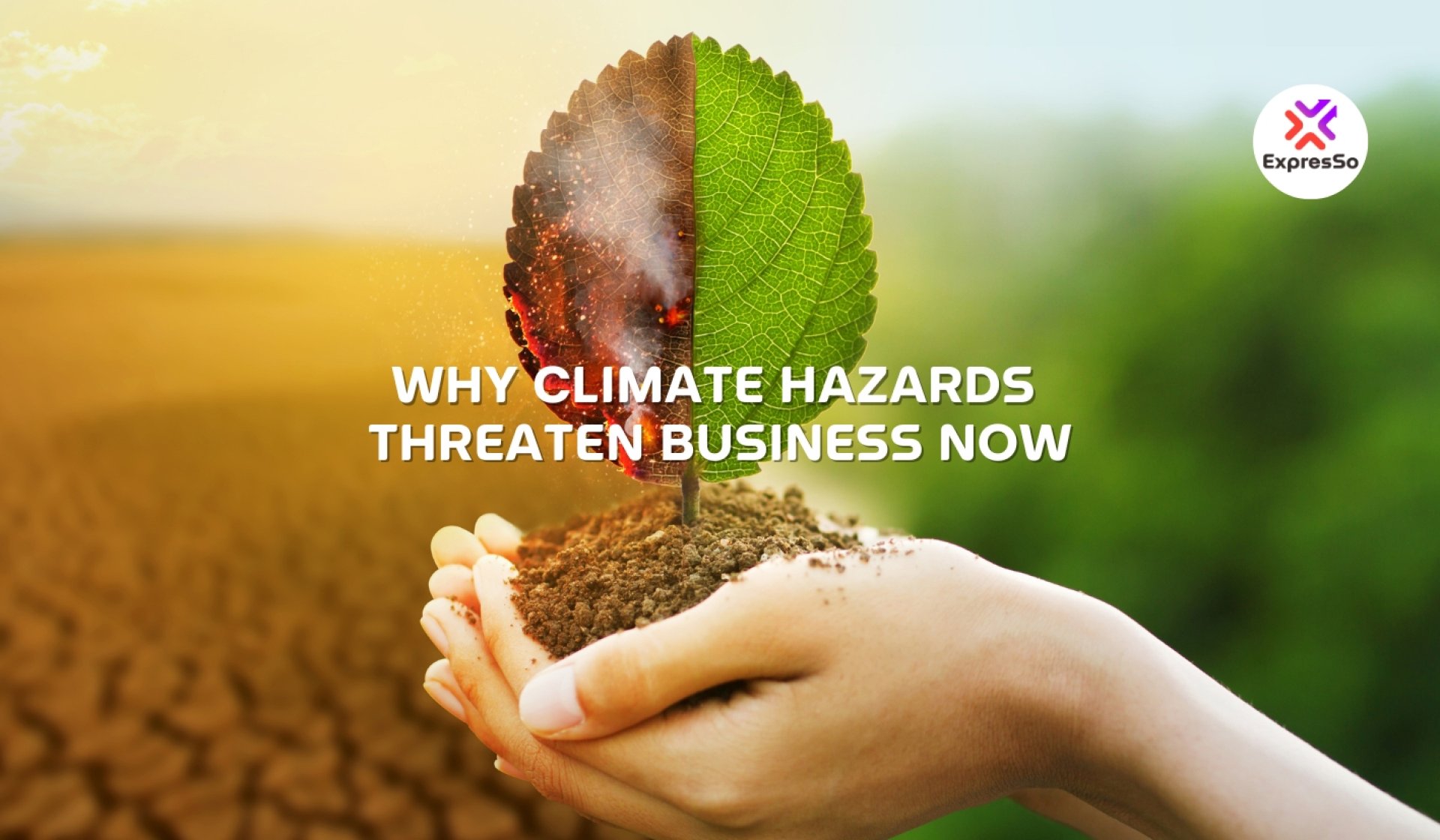Why Climate Hazards Threaten Business Now

Extreme weather events such as Category-5 Hurricane Otis, which damaged 80% of hotels in Acapulco, and wildfires in Los Angeles causing $250275 billion in losses, show how vulnerable the private sector is to nature's increasing volatility.
A recent report from the World Economic Forum and Accenture, titled Business on the Edge, presents sobering figures: by 2035, climate-driven losses to fixed assets could reach $560610 billion per year for listed companies globally.
That's not just a number. It's a signal. A wake-up call.
Which industries are at risk?
Some industries will be hit harder than others:
- Telecommunications: Vulnerable to extreme heat damaging data centers and network infrastructure.
- Travel and Tourism: Sensitive to unpredictable weather patterns, infrastructure loss, and natural disaster disruptions.
- Utilities: Risk from droughts, heatwaves, and storm surges affecting energy infrastructure.
- Tech and Life Sciences: Exposed through logistics, supply chain disruptions, and climate-sensitive components.
- Even industries that seem less climate-exposed will suffer as floods, heatwaves, and water stress increase input costs, reduce labor productivity, and challenge operations.
Business implications
The report warns of a 6.67.3% drop in average EBITA (earnings before interest, taxes, and amortization) across all industries by 2035 increasing to nearly 13% by 2055. In contrast to the COVID-19 recession, which was deep but temporary, climate-related losses will be recurrent, worsening, and systemic.
Moreover, companies with climate-vulnerable infrastructure or supply chains will be penalized by investors, insurers, and regulators, and may lose competitiveness in global markets.
So what can businesses do?
The report recommends action along three key pillars:
1. Mitigate economic losses
- Map climate risks to asset locations
- Develop crisis response and adaptation strategies
- Diversify suppliers and manufacturing geographies
2. Adapt for growth
- Switch to sustainable and circular materials
- Redesign products for longevity and resource efficiency
- Leverage new consumer demand for green offerings
3. Collaborate for resilience
- Partner across industries, governments, and communities
- Invest in early warning systems and ecosystem protection
- Share data, best practices, and innovations in climate adaptation
Why this matters now
The cost of inaction is staggering, and businesses that ignore climate risks will not only suffer losses they will become irrelevant.
But here's the upside: investing $1 in resilience yields a return of $2 to $19. This is not just about survival it's about leadership, innovation, and long-term profitability.
What do you think?
How is your business preparing for climate uncertainty?
Reference: https://www.weforum.org


